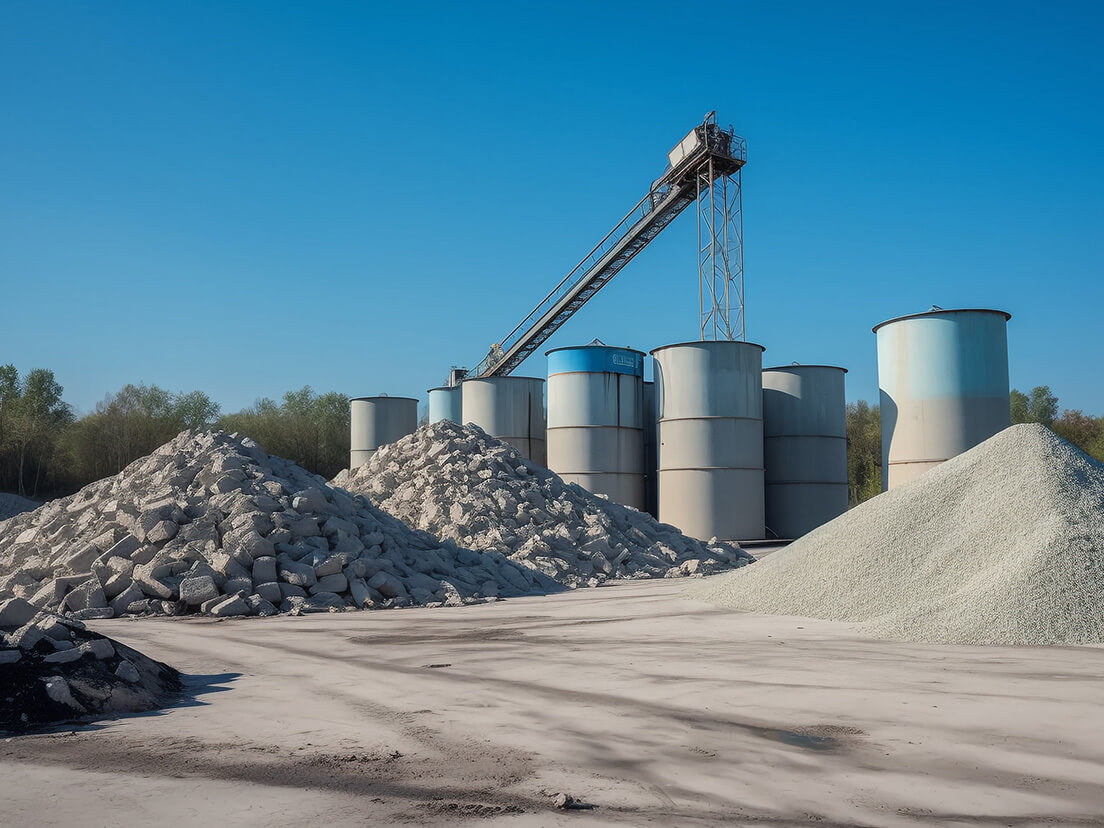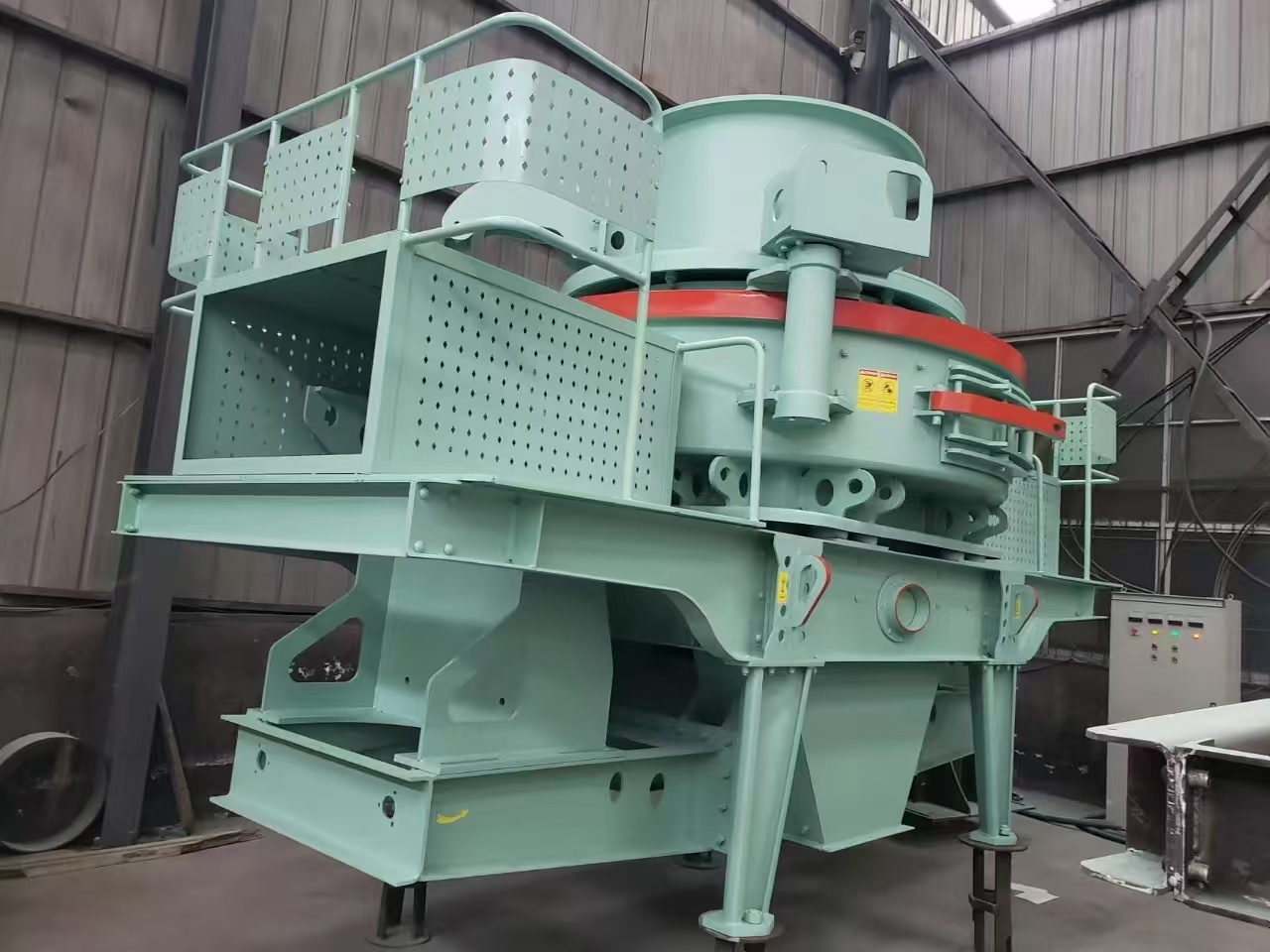Understanding the Crucial Role of the Fixed Jaw Plate in Jaw Crushers
Release time:
2025-06-18
Understanding the Crucial Role of the Fixed Jaw Plate in Jaw Crushers Table of Contents Introduction to Jaw Crushers Design and Structural Importance of the Fixed Jaw Plate The Functionality of the Fixed Jaw Plate Materials Used for Fixed Jaw Plates Impact on Crushing Efficiency and Performance Wear and Tear: Understanding Durability Maintenance Best Practices for Fixed Jaw Plates
Understanding the Crucial Role of the Fixed Jaw Plate in Jaw Crushers
Table of Contents
- Introduction to Jaw Crushers
- Design and Structural Importance of the Fixed Jaw Plate
- The Functionality of the Fixed Jaw Plate
- Materials Used for Fixed Jaw Plates
- Impact on Crushing Efficiency and Performance
- Wear and Tear: Understanding Durability
- Maintenance Best Practices for Fixed Jaw Plates
- Future Trends in Jaw Crusher Design
- Conclusion
- Frequently Asked Questions
Introduction to Jaw Crushers
Jaw crushers are vital components in the realm of manufacturing and processing machinery, serving a crucial role in the crushing and sorting of materials. Among the various parts that make up a jaw crusher, the **fixed jaw plate** stands out due to its critical function and structural significance. In this article, we will explore the fixed jaw plate's role, its material composition, its impact on operational efficiency, and best practices for maintenance.
Design and Structural Importance of the Fixed Jaw Plate
The fixed jaw plate is a key component in the crushing chamber of a jaw crusher. It is strategically positioned opposite the movable jaw plate, forming a V-shaped cavity where material is crushed. This design ensures that as the movable jaw moves back and forth, it compresses the material against the fixed jaw plate, resulting in effective crushing.
The structural integrity of the fixed jaw plate is paramount, as it must withstand immense forces during operation. The design incorporates features such as:
- **Reinforced edges**: Enhances durability and wear resistance.
- **Precise angles**: Optimizes the crushing process by maximizing material engagement.
- **Attachment points**: Facilitate secure mounting to the crusher frame.
Understanding these design elements helps in appreciating how they contribute to the overall functionality of jaw crushers.
The Functionality of the Fixed Jaw Plate
The primary function of the fixed jaw plate is to serve as a stationary surface that interacts with the movable jaw to crush materials. As the movable jaw moves closer to the fixed jaw, the material enters the crushing chamber and is subjected to intense pressure, leading to its fragmentation.
**Key functions include**:
- **Material compression**: The fixed jaw plate applies immobilizing pressure on the material, allowing it to be crushed effectively.
- **Shape retention**: The fixed jaw helps retain the material shape during the crushing process, ensuring uniformity in the output.
- **Support for the crushing process**: It provides a stable surface for the movable jaw, enhancing the overall operational efficiency of the crusher.
By understanding these functionalities, operators can better appreciate the crucial role the fixed jaw plate plays in achieving optimal performance.
Materials Used for Fixed Jaw Plates
The selection of materials for fixed jaw plates is critical, as they must endure high-stress conditions and resist wear over prolonged use. Common materials include:
- **High manganese steel**: Renowned for its excellent impact resistance and toughness, making it ideal for crushing applications.
- **Alloy steels**: Often used for their balance of strength and ductility, providing reliable performance.
- **Ceramic materials**: In some advanced jaw crushers, ceramics are employed for their superior wear resistance, particularly in abrasive applications.
Each material offers distinct advantages, and the choice depends on the specific application, material characteristics, and operational requirements.
Impact on Crushing Efficiency and Performance
The fixed jaw plate significantly influences the overall efficiency and performance of jaw crushers. Its design, material composition, and structural integrity contribute to several operational aspects:
- **Crushing capacity**: A well-designed fixed jaw plate enhances the crusher's ability to process larger quantities of material.
- **Reduction ratio**: The angle and position of the fixed jaw plate can impact the reduction ratio, which is vital for achieving the desired product size.
- **Energy consumption**: An optimized fixed jaw plate design can lead to reduced energy consumption during the crushing process, improving operational cost-efficiency.
By focusing on the impact of the fixed jaw plate, operators can make informed decisions to enhance their machinery's performance.
Wear and Tear: Understanding Durability
Wear and tear is an inevitable aspect of operating jaw crushers, primarily due to the high-impact nature of the crushing process. The fixed jaw plate is particularly susceptible to wear, necessitating a thorough understanding of its durability characteristics.
Factors influencing the wear of fixed jaw plates include:
- **Material hardness**: Harder materials lead to increased wear rates.
- **Operating conditions**: Variables such as temperature, humidity, and the presence of abrasive materials can accelerate wear.
- **Maintenance practices**: Regular inspections and timely replacements can prolong the life of fixed jaw plates.
Understanding these factors allows operators to implement strategies to minimize wear and ensure the longevity of the fixed jaw plate.
Maintenance Best Practices for Fixed Jaw Plates
Proper maintenance of fixed jaw plates is essential for sustaining operational efficiency and extending the lifespan of jaw crushers. Here are some best practices to consider:
1. **Regular Inspections**: Conduct frequent inspections to identify signs of wear and damage. This proactive approach helps in timely replacements.
2. **Proper Cleaning**: Ensure that the crushing chamber is clean and free from debris to prevent material buildup that could affect performance.
3. **Lubrication**: Regularly lubricate moving parts to reduce friction and wear on the fixed jaw plate and other components.
4. **Monitoring Performance**: Keep track of the crusher's performance metrics, such as throughput and energy consumption, to identify potential issues early on.
5. **Replacement Strategy**: Develop a replacement strategy based on the wear rate observed during inspections to ensure optimal performance without unexpected downtimes.
Implementing these maintenance practices can significantly enhance the effectiveness and durability of the fixed jaw plate.
Future Trends in Jaw Crusher Design
As technology advances, the design and functionality of jaw crushers continue to evolve. Future trends that may impact fixed jaw plates include:
- **Smart technologies**: Integration of IoT sensors for real-time monitoring of wear and performance, allowing for predictive maintenance.
- **Advanced materials**: Development of new alloys and composite materials that offer enhanced strength and lower wear rates.
- **Modular designs**: Innovations in modular jaw crusher designs that allow for easier upgrades and replacements of individual components, including fixed jaw plates.
These trends signify a move towards more efficient, durable, and adaptable jaw crushers, benefiting operators and industries reliant on crushing machinery.
Conclusion
The fixed jaw plate plays an indispensable role in the operation of jaw crushers, affecting various aspects of performance, efficiency, and maintenance. Understanding its functionality, material composition, and maintenance requirements allows operators to optimize their equipment for better productivity and reduced downtime. As technology continues to advance, staying informed about developments in jaw plate design and materials will be crucial in maintaining a competitive edge in the industry.
Frequently Asked Questions
1. What is a fixed jaw plate in a jaw crusher?
The fixed jaw plate is a stationary component in a jaw crusher that serves as a surface against which the movable jaw crushes material.
2. What materials are commonly used for fixed jaw plates?
Common materials for fixed jaw plates include high manganese steel, alloy steels, and in some cases, ceramics for enhanced wear resistance.
3. How does the design of the fixed jaw plate affect performance?
The design, including angles and dimensions, impacts the crusher's capacity, reduction ratio, and energy consumption during operation.
4. What maintenance practices should be followed for fixed jaw plates?
Key maintenance practices include regular inspections, proper cleaning, lubrication, performance monitoring, and developing a replacement strategy based on wear.
5. How can wear on fixed jaw plates be minimized?
Wear can be minimized by selecting the appropriate material for the application, maintaining optimal operating conditions, and adhering to regular maintenance schedules.
This comprehensive guide provides valuable insights into the vital role of the fixed jaw plate in jaw crushers, ensuring you have the necessary information to enhance your operational efficiency and machinery performance.
Key words:
Learn more about industry dynamics
A mining machinery manufacturing enterprise that mainly produces crushing and screening machinery, integrating R & D, design, processing, manufacturing, sales and after-sales service.
Focus on crushing and screening machinery industry solutions
58 Guangshen Road, Luoxin Park, Economic and Technological Development Zone, Xin'an County, Luoyang City, Henan Province
Online message
We will contact you within one working day. Please pay attention to your phone or email.








